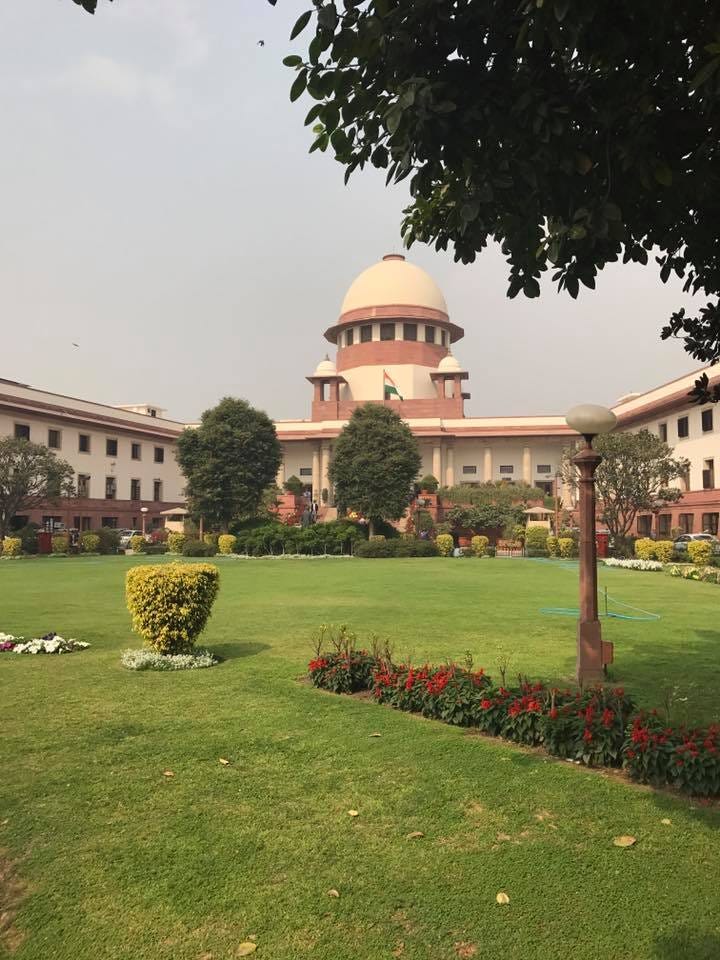Supreme Court Redefines Minority Status Criteria for Aligarh Muslim University and Statutory Minority Institutions
Minority status of AMU to remain in place until a regular Supreme Court bench reviews the case on its merits, in line with the newly established legal guidelines of the 7-judge bench.
A Landmark Decision: Supreme Court Redefines Minority Status Criteria of Institutions Established Under Law
In a historic ruling, the Supreme Court’s Constitution Bench has, by a slim 4:3 majority, overruled its 1967 judgment in the Azeez Basha case, fundamentally altering the legal landscape regarding the minority status of educational institutions established under statutory law. This decision marks a pivotal shift in how minority institutions are defined and could have far-reaching implications for other communities seeking similar rights and privileges for their educational establishments.
Background: The Azeez Basha Case and AMU’s Minority Status
In 1967, the Supreme Court's judgment in the Azeez Basha case determined that Aligarh Muslim University (AMU), despite its historical and cultural significance to the Muslim community, could not qualify as a minority institution. The Court's reasoning was that since AMU was established by an Act of Parliament, it could not claim minority status as per Article 30(1) of the Indian Constitution, which guarantees minority communities the right to establish and administer educational institutions of their choice. This interpretation has, for over five decades, influenced the minority status eligibility of numerous other educational institutions created under statutory frameworks.
The New Verdict: Statutory Creation Does Not Preclude Minority Status
The recent Supreme Court decision breaks from the past by establishing that the statutory origin of an institution does not automatically disqualify it from claiming minority status. This judgment underscores that the mere fact that an institution was created through an Act of Parliament or another legislative measure is not a decisive or overriding criterion in assessing its minority status. Instead, it recognises that other significant factors, including the institution's foundational intent and the surrounding circumstances at the time of its creation, hold equal importance.
Administrative Composition: Not a Determinant for Minority Status
Another critical aspect of this verdict is the Court’s view on the administrative control of an institution. Previously, the argument that AMU’s administration was not exclusively or predominantly Muslim had been a significant point against its minority status. However, the Supreme Court has now clarified that the composition of the administration, whether dominated by members of the minority community or not, should not be a determining factor. This shift signals a more nuanced understanding that minority character lies not merely in the management but in the purpose and cultural identity underpinning the institution's establishment.
The Path Forward: A Regular Bench to Reassess AMU’s Minority Status
With this preliminary issue resolved, the case will now be reviewed by a regular bench, which will evaluate AMU’s minority status based on a broader array of contextual factors. This includes analysing its foundational charter, guiding objectives, and other historical details. By doing so, the bench is expected to apply the Supreme Court’s new interpretative guidelines to decide whether AMU qualifies for minority status. This stage will be crucial, as it will set a precedent for how similar cases might be adjudicated in the future.
Implications for the Sikh Community and Educational Institutions
This ruling holds profound implications for other minority communities in India, particularly those seeking statutory universities or colleges that might be established under parliamentary acts. For instance, the Sikh community could potentially advocate for a central government-funded university with a significant reservation for Sikh students or even exclusive enrolment, without risking its minority status. The judgment opens doors for educational institutions representing diverse communities, allowing them the flexibility to seek public funding and statutory establishment while retaining their cultural and community-oriented identity.
Conclusion: A Progressive Interpretation that Balances Rights and Statutory Frameworks
The Supreme Court’s decision to overrule the Azeez Basha judgment signals a progressive interpretation of minority rights under the Constitution. By acknowledging that statutory establishment does not negate minority status and that the administrative composition should not be a decisive factor, the Court has upheld a broader, more inclusive understanding of minority rights in education. This judgment not only enriches the framework of Article 30(1) but also ensures that communities can establish institutions reflective of their cultural heritage without being hindered by rigid statutory technicalities. Going forward, this ruling is likely to shape the landscape of minority education in India, affirming the country's commitment to preserving and promoting diversity within its educational ecosystem.





I am delighted to read your article as I got my Masters in Physics from AMU in 1963. In my department, majority of students were Non-Muslims. Piara Singh GILL was Hod Physics and students from Punjab joined AMU in large numbers. I am also HAPPY that RSS/BJP failed in its efforts to derail AMU. Many Sikhs are ignorant of the fact that AMU has higher RANKING in Research as compared to BHU Varanasi.